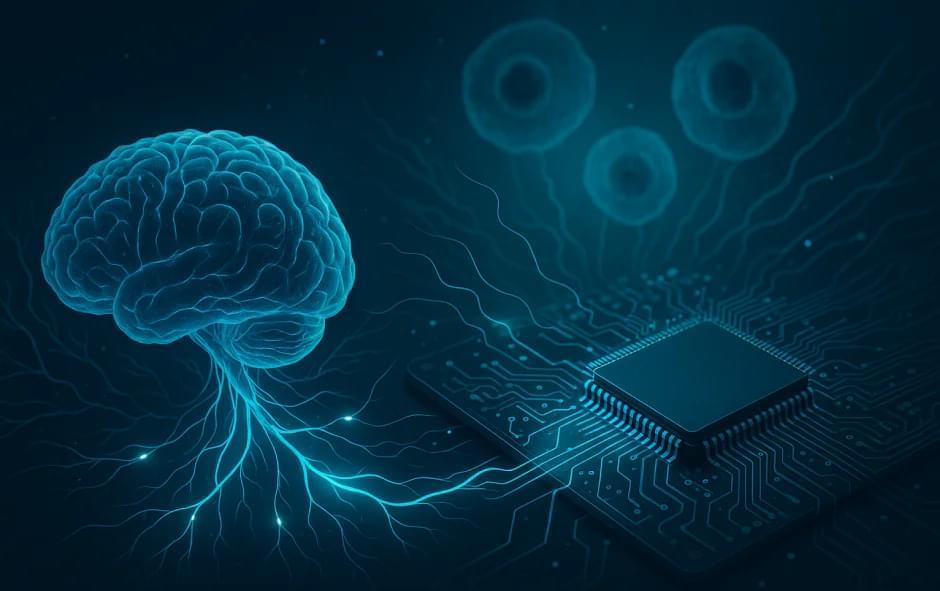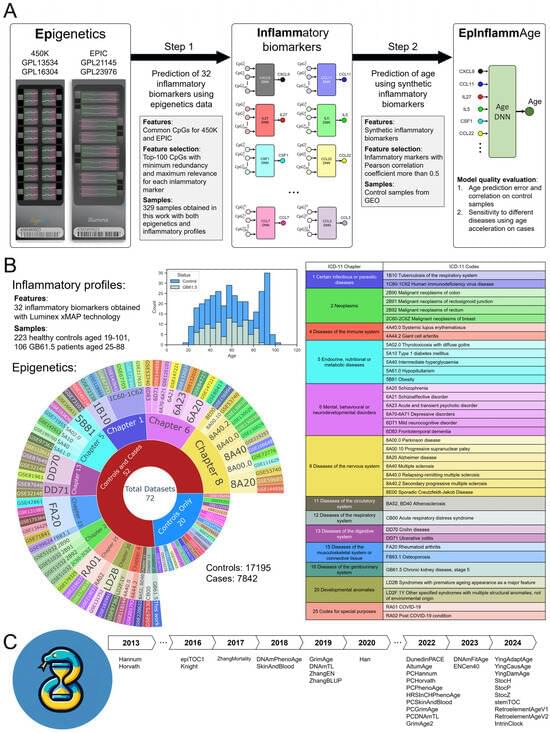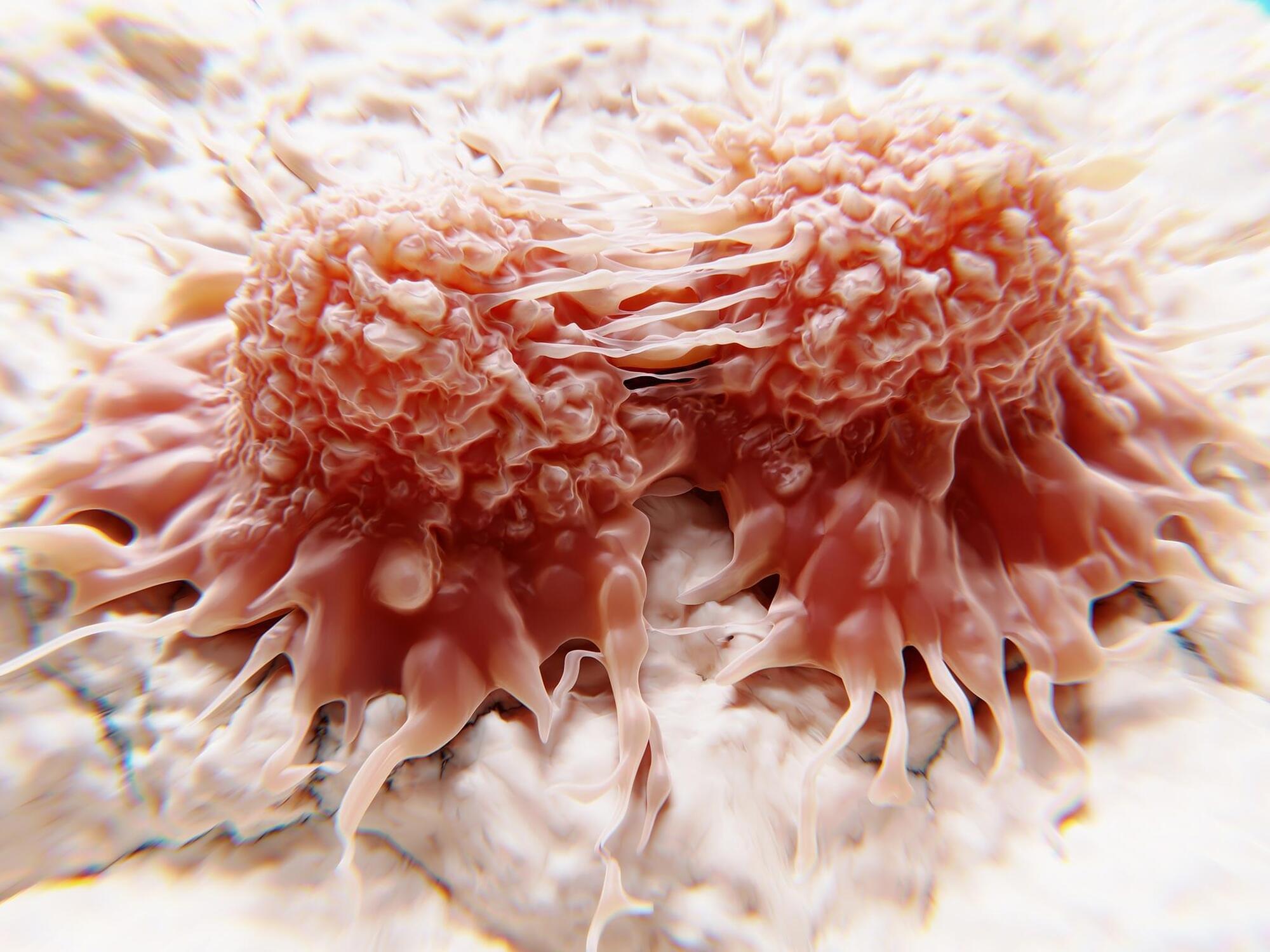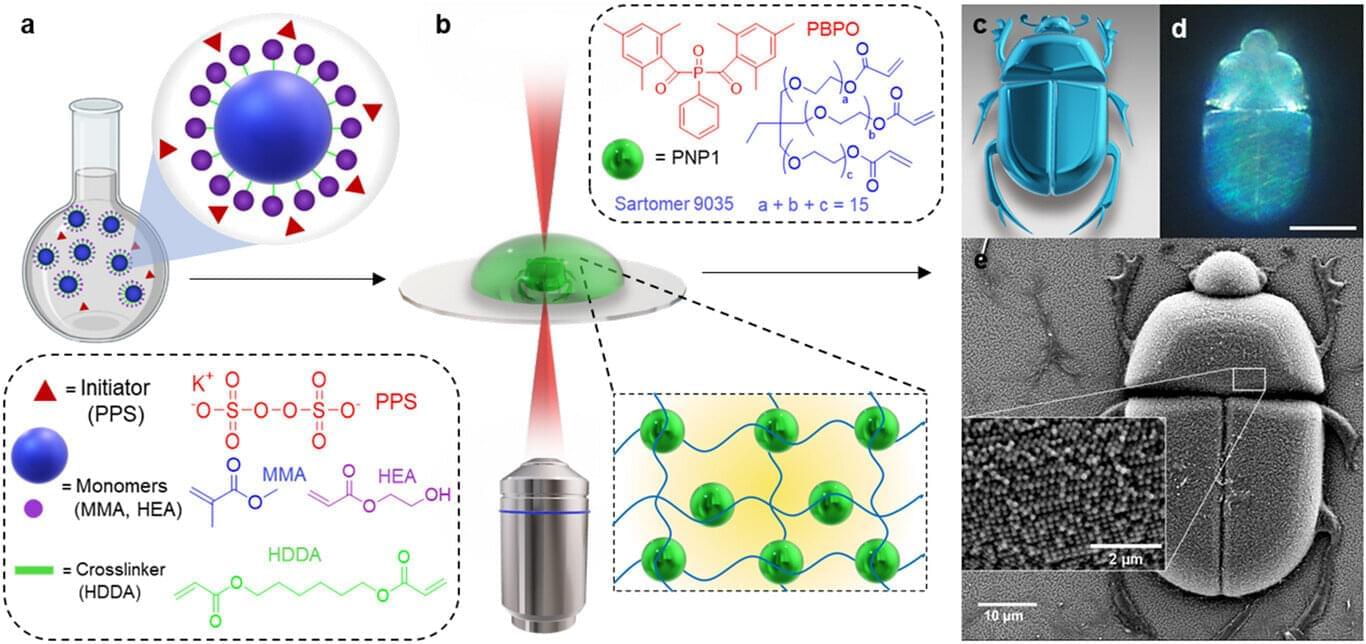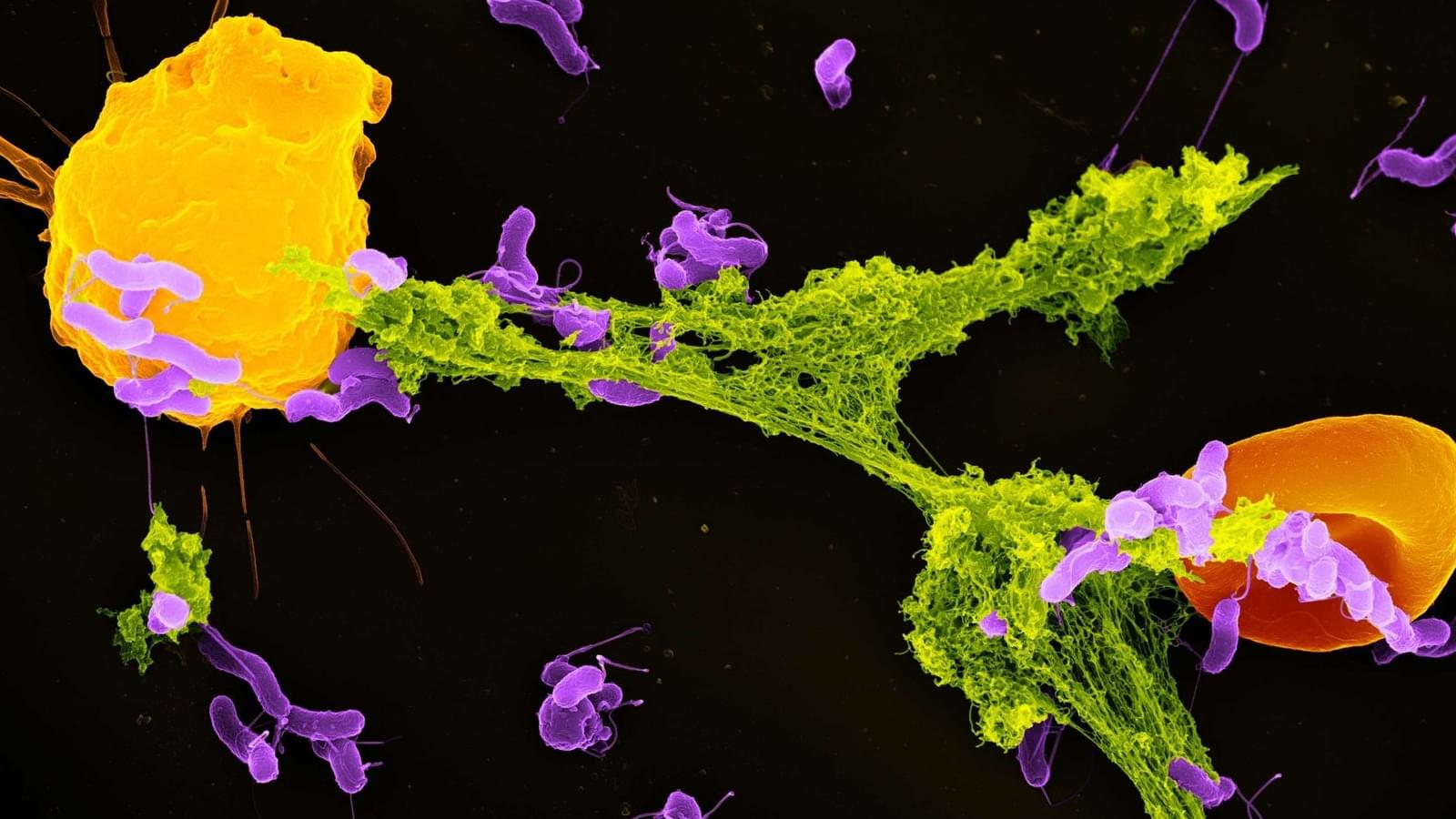Basically there are three meteorites in our solar system that may pass by earth but most likely far away from the earth. Even though this news site says it may hit earth I am not quite certain it will.
Asteroid 2025 OW, the size of a skyscraper, is tearing through space next week—and it’s coming perilously close to Earth. NASA says no impact risk this time, but astronomers are sounding the alarm: these cosmic flybys are more frequent and more dangerous than you think. See why we dodged disaster and what happens if luck runs out.
#asteroid #earth #wion.
About Channel:
WION The World is One News examines global issues with in-depth analysis. We provide much more than the news of the day. Our aim is to empower people to explore their world. With our Global headquarters in New Delhi, we bring you news on the hour, by the hour. We deliver information that is not biased. We are journalists who are neutral to the core and non-partisan when it comes to world politics. People are tired of biased reportage and we stand for a globalized united world. So for us, the World is truly One.
